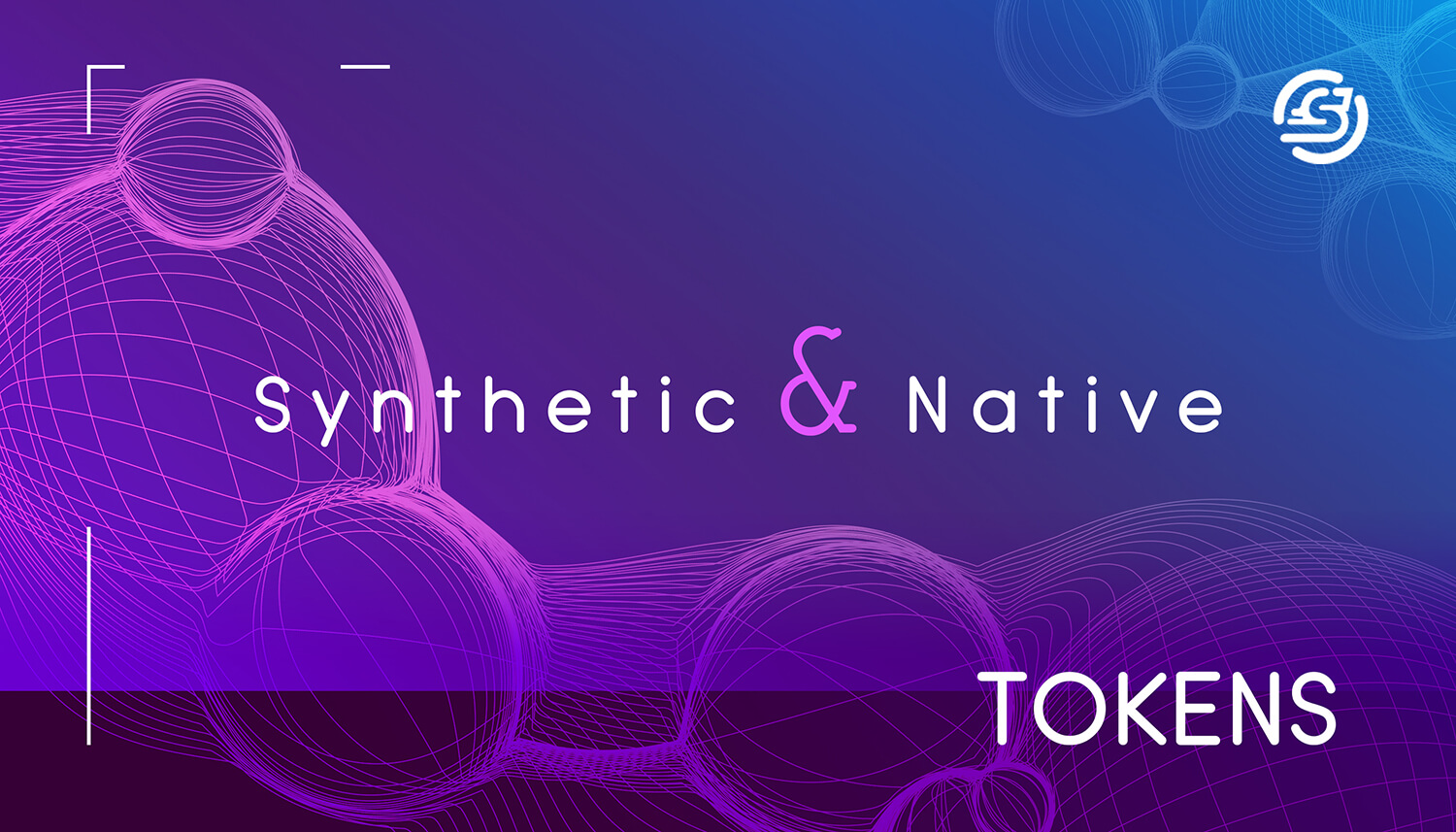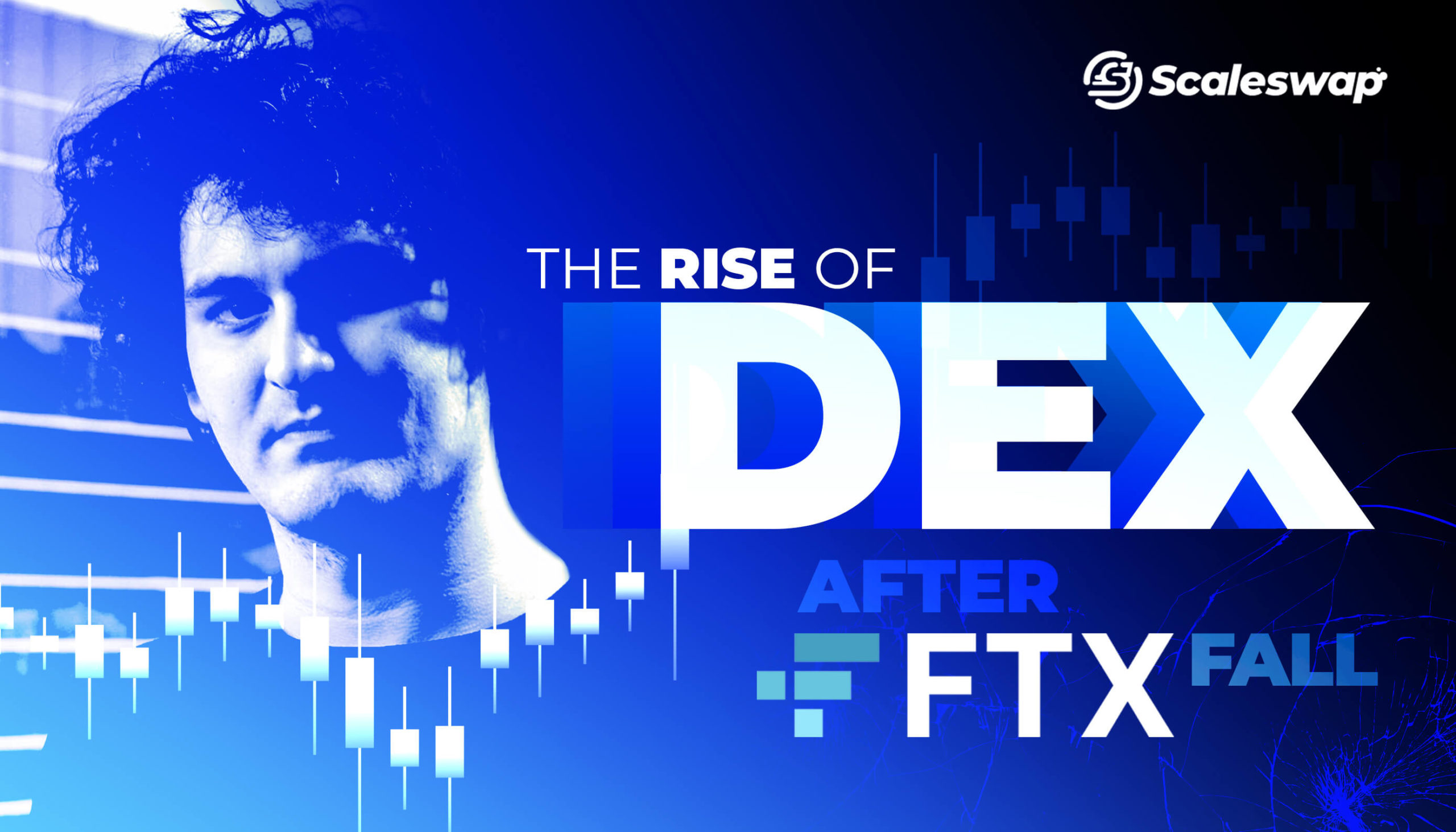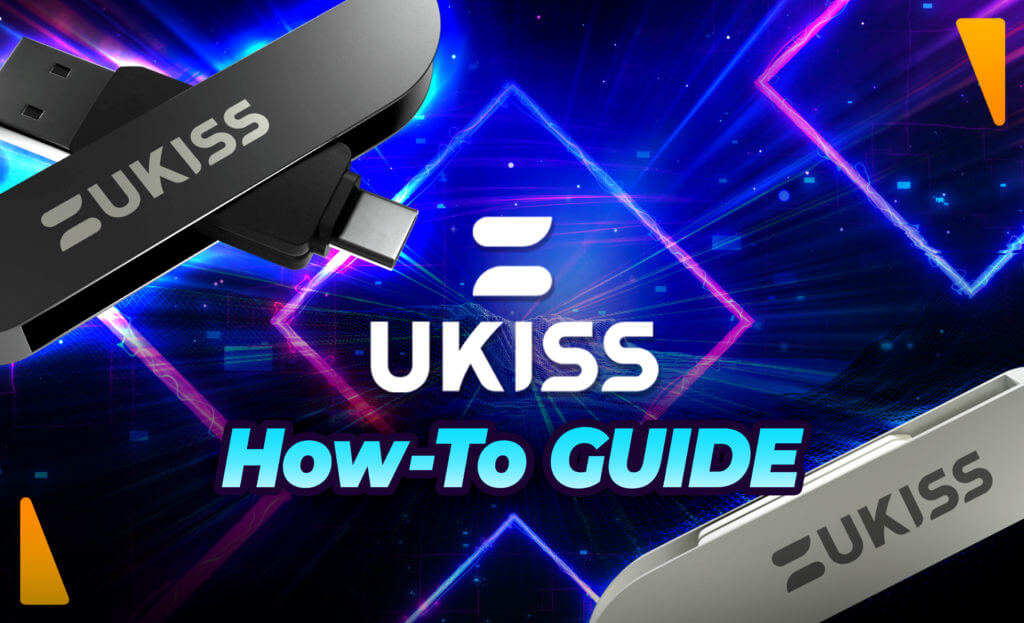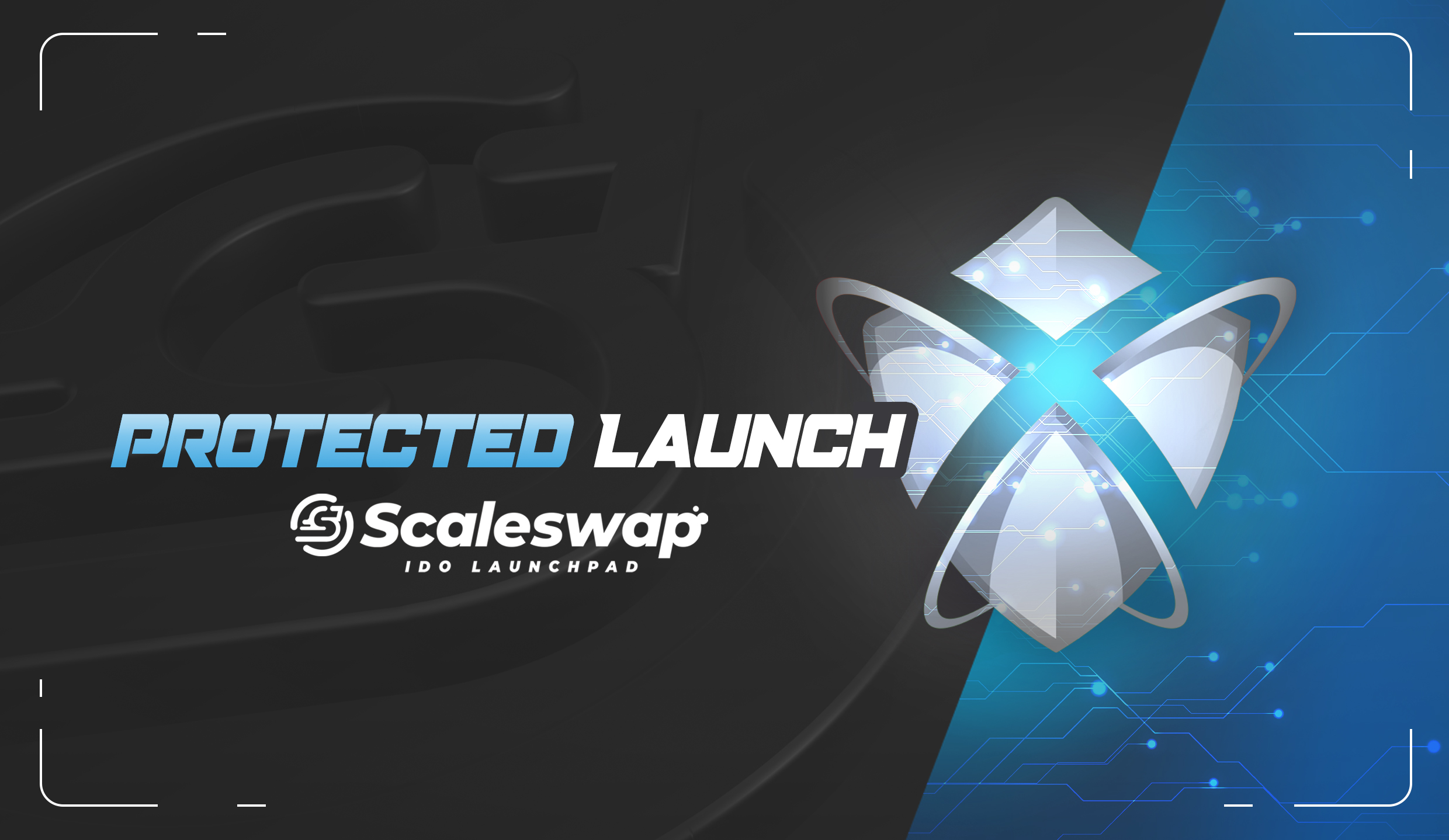Introduction
Cryptocurrency brings new and growing opportunities in the area of personal finance and the ability to use money around the world. What used to be difficult and expensive is now extremely easy and efficient. Two parties that both use crypto can simply transact any given amount of money across any border around the world. These transactions can be done independently without the need for a bank, government, or any other 3rd party service to be involved.
This is what we refer to as a Peer-to-Peer transaction, or P2P, and it’s one of the primary appeals of cryptocurrency. Even starting from scratch with no prior cryptocurrency experience, two people can set up wallets, purchase crypto, and send money around the world within minutes.
There are a few things that everyone needs to transfer money:
- Decentralized Cryptocurrency Wallet
- Monetary Ramps
- Cryptocurrency Exchange
Once you have these things (and the third one is technically optional for some), then you are ready to transfer crypto to other people, exchanges, and merchants.
Decentralized Wallets
A key to making sure your cryptocurrency is secure and in your control is by using a decentralized, self-custodial wallet. There are many wallets available but some of the best ones are wallets that:
- Let you control your private keys and have seed phrases. This means that you are in FULL control of your wallet. There is some personal responsibility with this as well and you need to back up your keys or memorize them, otherwise they are lost.
- Are widely available on a smartphone device. Although browser based wallets are great, sometimes they are not easily transferable and they can be hacked much easier as they remove a layer of security in the QR code process. Smartphones can be easier to use, more transportable because of their size, and wallets can be apps on the web.
- Are connected to a blockchain that you will use. Some wallets are Bitcoin wallets while others use Ethereum, Binance Chain, and many others. It’s important to use the one that is connected to and compatible with the blockchain you intend to use.
Purchasing Cryptocurrency
Getting cryptocurrency into these wallets is the next step. Decentralized wallets will allow you to send crypto to that wallet with nothing more than setting up a username and password, but you will first need to have fiat money exchanged into crypto first. You have a number of options for achieving this:
- Bank Account: connect to an existing bank and make a withdrawal for a certain amount of money. For banks, it’s also possible to get a bank account outside of your country and deposit money there, then make a withdrawal.
- In-App Purchase or Exchanges: many non-custodial wallets, meaning ones that do not let you have your keys, will allow purchases through things like Google or Apple Pay, or purchasing through a prepaid card. You can then transfer these funds into the decentralized wallet. Some exchanges also allow for fiat transfers directly to the exchange.
Peer-to-Peer Transactions
Once a decentralized wallet is holding a crypto balance, it can then be used for transferring that value. For most crypto-based wallets, the main features allow you to send, receive, and search the history of coins used. In order to transfer the money, you will need certain tools:
- A sufficient balance to cover the amount you’d like to send.
- Ensure that you have “gas fees”. Gas is the required fee to send cryptocurrencies across a blockchain. It is paid to blockchain network participants for the computational resources provided that make transfers possible and keep the blockchain secure.
- Finally, you’ll need the recipient’s public wallet address. Just keep in mind that there are different addresses depending on the type of token and in some cases the wrong address will result in a loss of funds.


 Scalescore
Scalescore







